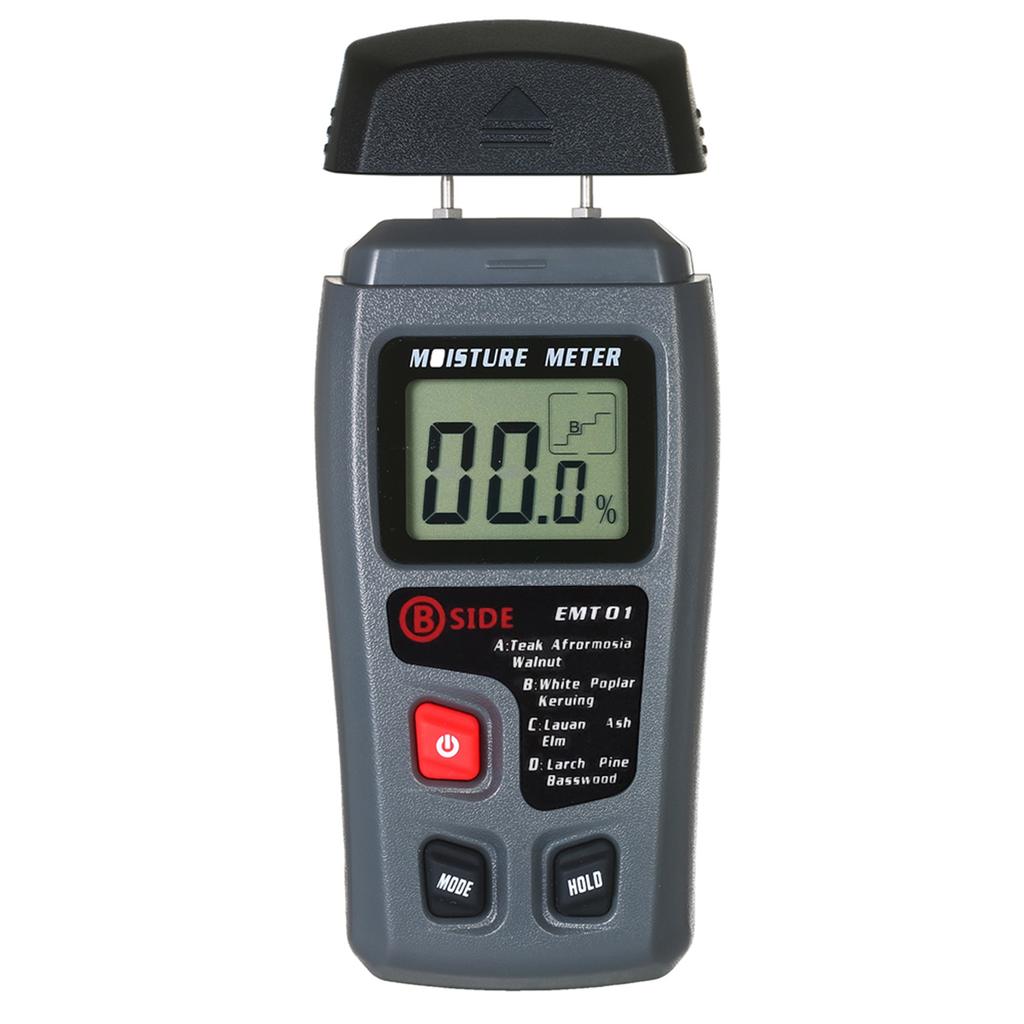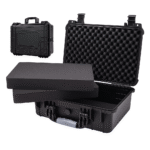In modern manufacturing and production, maintaining consistent product quality is non-negotiable. From the food industry to construction, agriculture, textiles, and pharmaceuticals, moisture content plays a crucial role in determining product performance, safety, and longevity.
One of the most effective tools used to monitor and control this parameter is the moisture meter. By providing accurate and timely readings, meters help businesses maintain strict quality assurance (QA) standards, minimize waste, and ensure compliance with industry regulations.
Understanding Moisture Meters
A meter is an analytical instrument designed to measure the amount of water contained in a material. Depending on the application, moisture meters come in various forms—ranging from portable handheld devices to advanced benchtop systems integrated into production lines. The principle is simple: these devices measure how much moisture is present, often expressed as a percentage of total weight or as a relative reading.
There are two primary categories of meters:
Pin-type meters, which use electrical resistance between two or more pins inserted into the material. Water conducts electricity, so higher conductivity typically indicates higher moisture levels.
Pinless meters, which use electromagnetic or capacitive sensors to measure moisture content without physically penetrating the sample. These are ideal for delicate materials or surfaces that cannot be damaged.
More sophisticated models use infrared spectroscopy, microwave, or gravimetric methods for even more precise results, especially in laboratory and industrial settings.
The Importance of Moisture Measurement in Quality Assurance
Quality assurance revolves around ensuring that every product leaving a facility meets predefined specifications. Moisture content is one of the most critical factors influencing the structural integrity, usability, and shelf life of products. Incorrect moisture levels can lead to serious quality issues, including warping, mold growth, spoilage, chemical instability, and even equipment malfunction.
1. Preventing Product Degradation
Excess moisture often leads to microbial growth, corrosion, and chemical reactions that degrade products over time. For example, in the food industry, too much moisture can encourage bacterial or fungal growth, compromising food safety and taste. In contrast, insufficient moisture can make products brittle or cause them to lose flavor and texture.
In pharmaceutical manufacturing, moisture control is equally vital. Some active ingredients are hygroscopic, meaning they readily absorb water from the air, which can alter their chemical composition and efficacy. A precise moisture ensures that moisture-sensitive drugs remain stable and safe throughout their shelf life.
2. Ensuring Dimensional Stability and Performance
In the wood and building materials industries, maintaining the correct moisture content is essential to avoid warping, cracking, or swelling. Wood that is too wet when used in construction can shrink as it dries, leading to structural gaps, buckling floors, and compromised joints. Similarly, concrete must cure with the proper moisture balance—too little water weakens its structure, while too much can delay setting and reduce strength.
Regular use of meters in these industries ensures that raw materials and finished products maintain dimensional stability, ultimately improving durability and performance.
3. Reducing Waste and Rework
In any production process, defects caused by improper moisture content lead to rework, waste, and increased operational costs. By integrating moisture measurement into the QA process, manufacturers can identify deviations early and take corrective action before the issue affects a large batch.
For example, in paper and textile production, moisture variations can lead to inconsistent weight, texture, or color absorption. Continuous monitoring using moisture allows operators to adjust humidity, drying, or pressing conditions in real time, ensuring uniformity and minimizing scrap material.
4. Compliance with Industry Standards
Many industries are governed by strict quality and safety regulations that specify acceptable moisture ranges. For instance, food and agricultural products must meet guidelines set by organizations such as the FDA or ISO to prevent spoilage and contamination. In pharmaceuticals, regulatory agencies like the U.S. Pharmacopeia (USP) require moisture testing as part of standard analytical procedures.
Using calibrated and certified meters helps companies document compliance and pass inspections, audits, or certifications with confidence.
Applications Across Industries
The versatility of moisture meters makes them indispensable tools across a wide range of sectors.
1. Agriculture and Food Processing
Farmers use moisture to determine the ideal harvest time for grains, fruits, and vegetables. Moisture levels influence not only yield but also storage and transport stability. During processing, accurate moisture measurement ensures consistent texture, weight, and flavor in final food products.
2. Construction and Building Materials
From drywall and plaster to concrete and insulation, moisture testing prevents long-term issues like mold growth, structural failure, or poor adhesion of paints and coatings. Contractors often use handheld moisture meters during building inspections to verify that materials are dry enough before installation or finishing.
3. Woodworking and Furniture Manufacturing
The woodworking industry relies heavily on moisture measurement to ensure that lumber is properly seasoned before use. Kiln-dried wood is tested with meters to meet specific moisture thresholds, typically between 6–9% for indoor furniture and 10–14% for exterior applications. This step helps prevent warping, splitting, and adhesive failures.
4. Pharmaceuticals and Cosmetics
In pharmaceutical and cosmetic manufacturing, moisture content affects not only the stability of active ingredients but also the texture, dissolution rate, and packaging integrity of the product. Moisture helps maintain the delicate balance required for product safety and consumer satisfaction.
5. Paper, Textiles, and Packaging
Moisture control in paper and fabric production affects weight, tensile strength, and print quality. Likewise, in packaging, especially for moisture-sensitive goods, maintaining low humidity levels is key to preventing spoilage or damage during storage and shipping.
Integration with Modern Quality Assurance Systems
Advancements in digital technology have transformed traditional moisture into smart devices that can connect to data logging systems, quality management software, and even IoT platforms. This integration enables continuous monitoring, automated alerts, and predictive maintenance, further enhancing the QA process.
For instance, inline moisture sensors installed on production conveyors can measure moisture in real time and automatically adjust drying temperatures or airflows. These closed-loop systems minimize human error and ensure consistent output across batches.
Cloud-based data collection also allows QA teams to track trends, generate reports, and perform statistical process control (SPC) analyses, enabling proactive decision-making. In industries that demand high traceability, such as pharmaceuticals and aerospace, digital moisture measurement systems contribute to full documentation and compliance traceability.
Choosing the Right Moisture Meter
Selecting an appropriate meter depends on several factors:
Material type: Some materials require pin-type meters for internal readings, while others are better suited for pinless models.
Measurement range and accuracy: Laboratory applications may demand high-precision instruments with low error margins.
Environmental conditions: Industrial environments may need rugged, temperature-compensated devices.
Ease of calibration and maintenance: Regular calibration ensures accuracy and compliance with QA standards.
Conclusion
Moisture meters are far more than simple diagnostic tools—they are integral components of a comprehensive quality assurance strategy. By enabling accurate, real-time moisture measurement, they help manufacturers control production conditions, reduce waste, and maintain consistent product standards.
As industries continue to adopt automation and digital quality management systems, meters will play an even greater role in ensuring precision, reliability, and compliance. In essence, controlling moisture is controlling quality, and meters provide the scientific foundation to achieve that control with confidence.



